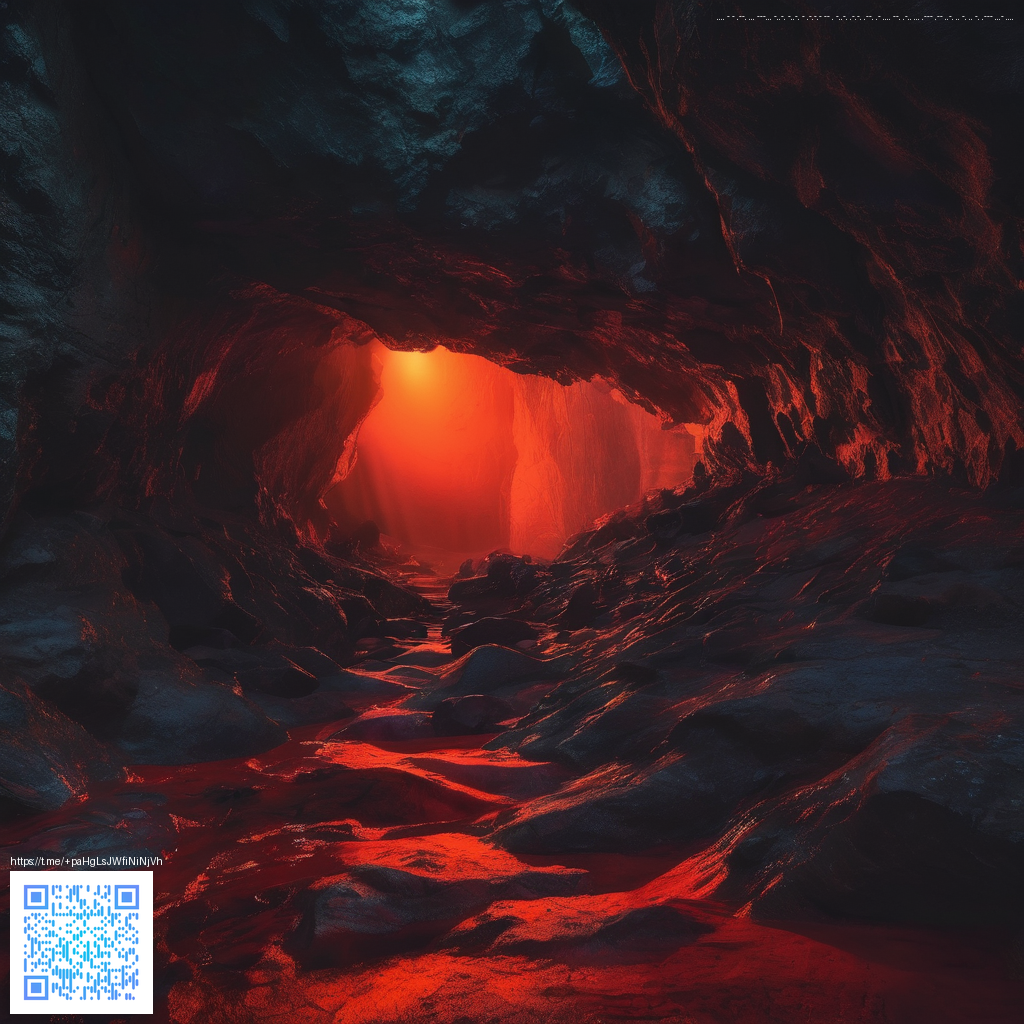
Charting a Course: The Allure of Ocean Exploration
Open-world games invite us to roam seas that feel alive, where every swell and current hints at a story just beyond the horizon. Mastery isn’t just about steering a ship or tapping a waypoint; it’s about reading the sea—the wind’s fickle whispers, the way currents tug your hull, and how weather systems sculpt the world you’re exploring. In this piece, we unpack practical approaches to ocean exploration that elevate your in-game journeys from routine sail to memorable odysseys. Think of the ocean not as a backdrop, but as a living character that challenges you, rewards patience, and reveals hidden coves, wrecks, and species when you learn its rhythm.
Core Ocean Mechanics You’ll Need
- Wind and sail physics: how sail trims, reefing, and sail area impact speed and maneuverability.
- Currents and drift: subtle forces that push you off course or accelerate your voyage when you ride the flow.
- Depth and terrain: underwater topography shapes encounters, from shallow reefs to abyssal trenches.
- Weather cycles: storms, fog, and visibility alter navigation strategies and risk assessment.
- Wildlife as guides: schools of fish, migratory birds, and marine mammals hint at reefs, currents, and points of interest.
“Patience at sea is rewarded with calmer waters and richer discoveries.”
As you traverse the open world, learning to read these mechanics becomes your compass. Rather than charging forward on a single course, experiment with routes that leverage wind shifts and current lanes. You’ll uncover shipwrecks, hidden coves, and dynamic events that only unfold when you adapt to changing conditions—an experience that mirrors real-world seamanship and the design philosophy of immersive exploration.
Gear and Techniques to Elevate Your Voyage
Beyond core physics, the right tools and habits can dramatically improve how you experience oceanic environments. A few essentials and tactics to adopt:
- Maps and waypoints with layered data—depth contours, current vectors, and hazard zones.
- Calibrated navigation using true north references, steering aids, and timing to optimize course plotting.
- Sonar and depth-scan concepts to identify submerged features and potential dangers.
- Ship handling drills to practice turning radius, stopping distance, and anchoring on varying seabeds.
- Weather forecasting in-game: learn to anticipate squalls and plan safe passages around weather fronts.
In practice, your setup matters as much as your instincts. For players who like to stay organized and travel light, keeping your devices protected on long sessions matters—especially when your world rewards exploration with long, uninterrupted play. For example, the Slim Phone Case for iPhone 16 offers a glossy Lexan shell that’s ultra-thin and durable, making it a practical companion for travel-ready gaming on the go. Slim Phone Case for iPhone 16 can be a small but meaningful upgrade to your on-the-road setup.
Designing Ocean Encounters: Encounter Variety and Player Agency
From a design perspective, open-world ocean spaces thrive when encounters feel meaningful rather than random. Dynamic weather, AI-driven marine life, and emergent events—such as a passing convoy or a sudden reef map reveal—keep players engaged. It’s about balancing exploration with purposeful risk: a longer voyage may reward you with rare artifacts, but you’ll need to manage supplies, morale, and the ship’s integrity. Thoughtful audio cues, environmental storytelling, and tactile wind physics work together to create an authentic sense of scale and immersion. When developers tune these systems to respond to player decisions, the journey becomes less about reaching a destination and more about the experiences you curate along the way.
For designers and players alike, cross-pollinating ideas from real-world nautical navigation can add texture to the game world. Concepts from historical seamanship—like reading currents by the stars and using depth soundings to locate channels—translate nicely into modern open-world mechanics, giving players a satisfying blend of skill-based challenges and exploratory rewards. If you’re curious about broader design discussions, a reference page has inspired many writers and fans with its exploration-focused insights: defistatic.zero-static.xyz/ac9402ee.html.